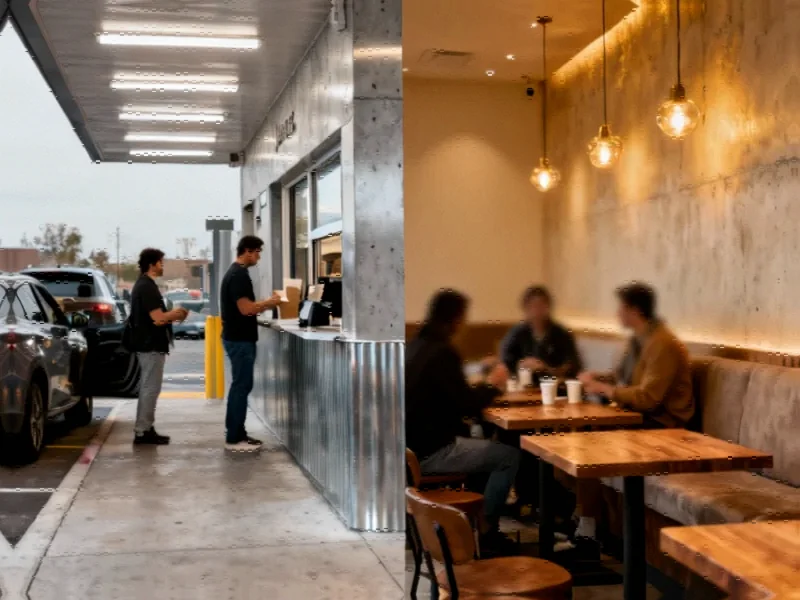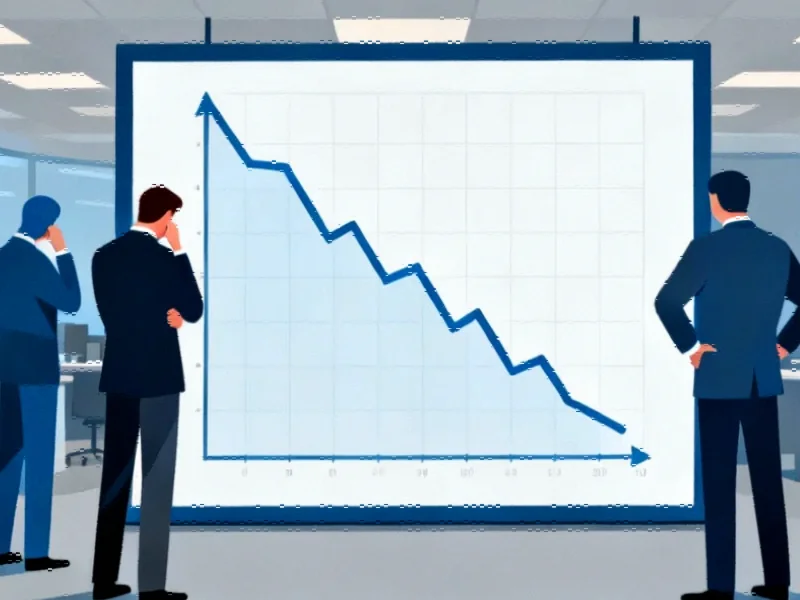Starbucks is making a fundamental shift in its retail strategy by phasing out mobile-order pickup-only locations starting in 2026, a move that reflects the company’s renewed focus on human connection over transactional efficiency.
The Human Element Returns to Starbucks Experience
When Starbucks CEO Brian Niccol announced the elimination of mobile-only pickup stores, he emphasized that these locations lacked “the warmth and human connection that defines our brand.” This represents a significant strategic pivot for a company that had heavily invested in digital ordering capabilities. The decision suggests Starbucks recognizes that its core value proposition extends beyond convenience to include the atmospheric and social elements that have made its cafes successful.
The company’s comprehensive store strategy now appears to be rebalancing toward creating spaces where customers want to linger rather than just transact quickly. This aligns with Starbucks’ historical positioning as a “third place” between home and work where community forms naturally.
Market Context and Competitive Implications
Starbucks’ strategic shift comes at a time when global economic dynamics are influencing corporate decision-making across sectors. While competitors might see an opportunity to capture the pure convenience market that Starbucks is partially abandoning, the coffee giant appears to be betting that the experiential component of coffee consumption will drive greater long-term loyalty.
This move also reflects broader market trends where companies are reevaluating digital-first approaches that sacrifice human interaction. The post-pandemic landscape has demonstrated that while digital convenience is valued, consumers also crave authentic social experiences.
Technology Integration in Traditional Stores
Despite stepping back from pickup-only formats, Starbucks isn’t abandoning digital innovation. The company plans to enhance mobile ordering capabilities within its traditional stores, creating a hybrid experience that combines efficiency with atmosphere. This approach acknowledges that technology should serve rather than replace the human elements of the coffee shop experience.
These technological enhancements reflect related innovations in how businesses integrate digital and physical experiences. The challenge lies in maintaining Starbucks’ signature warmth while incorporating the speed and convenience that modern consumers expect.
Financial and Operational Considerations
The transition away from pickup-only locations involves significant operational recalibration. Starbucks must manage real estate transitions, employee redeployment, and customer communication throughout this multi-year process. The company’s decision suggests it has calculated that the long-term brand benefits outweigh the short-term disruption costs.
This strategic realignment occurs alongside other industry developments in retail and hospitality. Companies across sectors are learning that digital transformation doesn’t necessarily mean eliminating human touchpoints, but rather reimagining how technology can enhance them.
The Future of Coffee Retail
Starbucks’ pivot raises important questions about the future of coffee retail. Will competitors double down on convenience formats, or will they follow Starbucks’ lead toward more experiential spaces? The answer likely depends on how different segments of the market value speed versus atmosphere.
This evolution in retail strategy parallels recent technology transformations in other industries, where initial enthusiasm for pure digital solutions has given way to more balanced approaches that honor both efficiency and human connection.
Starbucks’ strategic shift represents more than just a format change—it’s a statement about the enduring value of human connection in an increasingly digital world. As the company phases out pickup-only stores over the coming years, the industry will be watching closely to see if this back-to-basics approach strengthens Starbucks’ market position or creates openings for more convenience-focused competitors.
This article aggregates information from publicly available sources. All trademarks and copyrights belong to their respective owners.
Note: Featured image is for illustrative purposes only and does not represent any specific product, service, or entity mentioned in this article.



